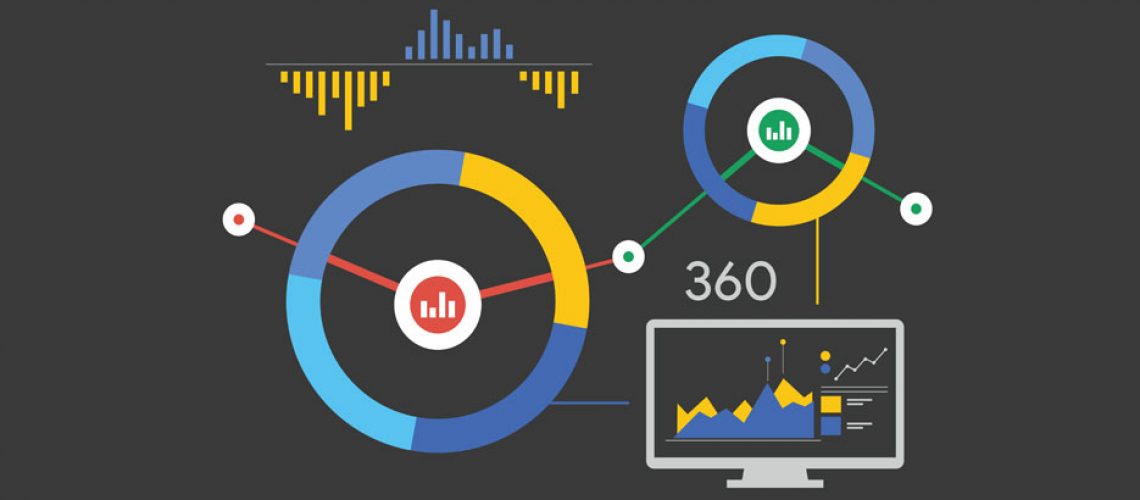What makes a successful exhibition? It’s a tough question, with no simple answer. Every company has different objectives, so how can they hope to evaluate them?
For many, basic ROI formulas are insufficient. Exhibitions are about exposure and engagement as well as sales, and to understand your exhibition’s success you have to understand the relationship between these and your ROI to get a complete picture.
So how do make your exhibition a success?
Step 1 – Marketing
If exhibitions are about exposure and engagement, then marketing is essential. As achieving any real engagement or exposure requires that you speak to your audience before, during and after any event. Just turning up and expecting people to notice is simply not enough.
So identifying your audience and understanding what they need is crucial. With this information, the event becomes just a part of their relationship with you, instead of their introduction.
But how do you know your marketing is doing this?
Step 2 – Metrics
Or finding and collecting the right data. It’s the key to the success of online marketing. With the right metrics, you understand not only your ROI but exactly how much exposure and engagement you achieved.
Metrics don’t just help calculate ROI; it drives ROI. Data will let you plan for future events and also know how far down your sales pipeline each prospective lead has come.
Metrics can also be used before the campaign even begins, to help you build your campaign more effectively. There are numerous tools and dashboards out there that can assist you in tracking and mining your data.
However, this is where things often tend to get tricky. For metrics to work, you need access to as much data as possible. However, data comes in a variety of forms. In simple terms, you have hard and soft data.
- Hard data: these are the numbers. So exact costs, attendance figures and so on. These will drive understanding and provide the basis for your ROI. However, on their own, they are not always a complete picture. Which is where the difficulty lies as to make a truly informed decision you need the whole story, which is where soft data comes in.
- Soft data: is the less clear, but still very valuable data that is considerably harder to track. It’s sales that have come from the exhibition through less direct routes. Or exposure that you didn’t personally arrange or manage. Data like this is harder to quantify and track but can provide valuable insights regarding your exhibitions success that mere numbers cannot.
So what metrics matter?
Marketing Metrics
Before any event, the goal is spreading the word. You can do this any number of ways. Ads, emails, phone calls and beyond. But how do you know your message is hitting its target?
The simplest metric is how much pre-exhibition you have. Just answer the most straightforward question: How much do you have? How many have confirmed they will attend? You need to understand this and what impacts it.
What should you be looking out for?
Sign-ups, appointments and confirmations:
Best practice is to have confirmed visitors long before the event. Whether your plans call for appointments or just walk ins, you need to use your marketing to drive these ‘signups’. It’s a way of leveraging your exhibition stand for leads before it’s even built, and can help drive interest in your stand and, ultimately, its success at the exhibition.
It also means you are not only reliant on general attendees to the exhibition and have a targeted audience you know will be attending.
Sources:
Where are these sign-ups or confirmations coming from? This tells you where your audience is and what they respond too.
How does this help you focus your marketing? Channels, budgets, messages, audiences, etc. you can start to see which are working and which are not.
Promos and offers:
- Have you offered any incentives or offers to drive visitors to confirm they will attend your stand ahead of the event and did they work?
- If not, should you? You can use your pre-show metrics to decide.
- If you did, did they work? And could you do it again?
Who’s who:
- Look at who is signing up or confirming to visit your stand, is there a discernible pattern or type of attendee?
- Does this mean your message is too broad or specific, clear or unclear, etc.?
- Knowing this helps you refine your message and audience more or broaden it as necessary.
Event Metrics
Events are where you take your client/lead engagement to the next level. So you need to know it’s working. So what should you measure throughout the event?
Attendance:
- Start with the obvious one: How many people visited the stand?
- But don’t wait until the end to check. By tracking attendance, it allows you to push your event success further.
- What it means is if numbers are down you can do something about it.
- Or if there are people there, you can create a buzz on social media, etc.
- It’s about making the event a success instead of hoping it is.
Registrations (shows vs. no-shows)
Referring to the work you did before the exhibition, you can look at how many of those who confirmed they were coming to see you actually did. Comparing this data is a good way of judging how possible leads came about (was it efforts before or during the show etc.). Because this gives you a better understanding of what your actual ROI is.
Audience:
It’s also a good way of understanding your audience better:
- What were the messages and communication/touch points each used?
- Was there a difference between those who attended and those who didn’t?
- Was some messaging better, more appropriate or more engaging than others and so on?
All brilliant for driving even better ROI next time. The key is to keep referring to your objectives when selecting your metrics.
Review & ROI Metrics
By conducting a review of the exhibition and the data you will start to understand the information you’ve collated entirely. Look at the simple results (sales, direct leads, etc.) against your other metrics like attendance, possible leads, future marketing audience, organic social audience and so on.
ROI
So start by working backwards and reviewing each stage, sales to leads to attendance to pre-exhibition marketing.
What this information will provide is much more than a basic ROI. It will inform your future event choices, planning and marketing.
Recall and recognition figures can be used to help review how your exhibition went, meaning:
- You’ll understand the type of audience you have and what they respond too.
- You’ll know where they are and how to communicate with them.
- You’ll know what how to drive their interest, and how to create a buzz.
- And with many, you will have established a relationship that you can now begin to build on.
Future planning and proofing
After ROI, this is the biggest other reason for considering metrics. Put simply metrics tell you in clear terms whether it’s worth your while. If they’re showing that expenditure far exceeds ROI, you can understand whether you can work more profitably next time or not attend at all. However, with enough metrics, you will usually be able to spot where the problems were and work more and more efficiently with every exhibition.
Communication and metrics
The key to making all this data work together is communication. Especially for soft data, where much of this information is indirect or anecdotal. The thing to remember is that communication is a two-way street. You need to be speaking to your colleagues and letting them know what you need, as it might not always be obvious.
Once they know what kind of data you need they can ask for it. They can speak to leads and ask how they found out about your company and so on. Then it’s down to you to collate it, by talking to them. It’s this constant communication loop that will provide the most valuable information. And the more you do it, the better it will get.
Once you have all these data streams and relationships in place understanding your metrics will become simpler and simpler. You’ll be able to plan for future events more efficiently, helping drive ROI at the event, while making cost and time savings.



